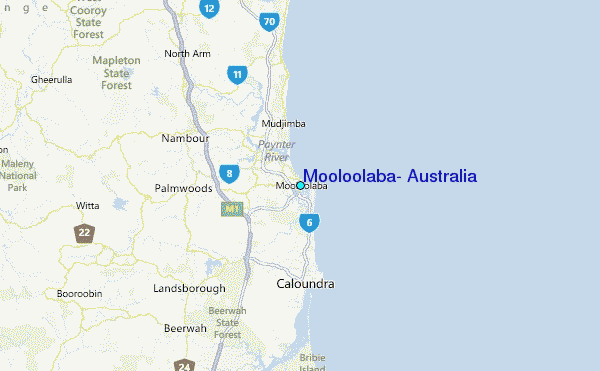

The goal is to use these observations from satellites to detect and forecast red tides before they reach the coast. These algal blooms can cause respiratory illness and eye irritation in humans. For instance, heavy rain, flooding runoff from hurricanes and excessive heat can all contribute to red tides. In the Gulf of Mexico, some harmful algal blooms are caused by the microscopic algae species Karenia brevis, commonly called red tide. fluctuated before and after the occurrence of the red- tide (Table 2). These satellites also track weather patterns that can make red tides more likely. polykrikoides red tides killed huge quantities of marine animals.

NOAA-20, a satellite that observes the whole surface of the planet twice each day, has an instrument called VIIRS-short for Visible Infrared Imaging Radiometer Suite-that can observe and detect changes in the color of oceans and lakes. The satellite’s Advanced Baseline Imager (ABI) instrument can help track the movement of red tides in real time. NOAA’s GOES-East satellite captures color images of the eastern United States every five minutes. The NOAA-20 satellite captured this image of an algal bloom in Lake Erie in September 2017. The frequencies of red tides and of hypoxia per 96 months are both expressed as percentages. The water can become so low in oxygen that animals in the water either swim away to healthier waters or die off.ĭuring a red tide, beaches are sometimes covered in dead fish and other animals that either ingested toxins or couldn’t get enough oxygen. The red tide and hypoxia are defined as the case to detect Chl- a concentration 50 g L 1, and DO concentration < 2 mg L 1, respectively. As they decay, the oxygen levels in the water begin to decrease.
#Red tide graph occurrence download
For example, when giant masses of algae bloom, they eventually die and start to decompose. Download scientific diagram (a) Global distribution of red tide occurrence, (b) Global distribution of harmful cyanobacterial bloom occurrence country where the animal damage ( ) and the. Other types of harmful algal blooms are caused by nontoxic algae species that still make trouble. Red tides, also called harmful algal blooms (HABs), occur when microscopic algae multiply to higher-than-normal concentrations, often discoloring the water. Nearby restaurants take local fish and shellfish off the menu, too. Many regions restrict fishing during a red tide for this reason. If people eat fish or shellfish that have been in the water with toxic algae, they will also ingest the toxins, which can make them sick. Some of the algae that causes a red tide produce powerful toxins, which are harmful chemicals that can kill fish, shellfish, mammals and birds. Red tides are sometimes also called harmful algal blooms. Credit: Chesapeake Bay Program CC BY-NC 2.0 Why Are Red Tides Dangerous? However, certain farming practices can reduce the amount of runoff that flows into streams and rivers, thus helping to prevent red tides. Nutrient-filled water, called runoff, can flow into lakes and oceans, contributing to algal blooms such as red tides.


 0 kommentar(er)
0 kommentar(er)
